Etudes for a new classical music practice
The audience of classical concerts is ageing, so there is a great need for a new audience. “But if you want to reach a new audience as an orchestra, you also have to change yourself”, says Peter Peters, endowed professor of Classical Music Innovation and director of the Maastricht Centre for the Innovation of Classical Music (MCICM). The MCICM received funding from the NWO/SIA for research into ways in which symphony orchestras can involve their audiences more actively in concerts. And then the corona crisis hit. Peters explains what this means for the research and talks about the insights thus far.
“For our research, we had planned four experimental concerts this season with the South Netherlands Philharmonic. The first experiment took place in November last year and we had called it 'Mahler am Tisch', Mahler at the pub table. This meant that three ensembles—a klezmer ensemble, a string quartet with harp and a brass quintet—played pieces from Mahler's symphonies at the Maastricht cafés Tribunal and Forum. We wanted to see what happens when you move the music to an environment for which it’s not at all intended and even play it for an audience that didn’t come for it in the first place.”
The NWO study ‘Artful Participation: Doing Artistic Research with Symphonic Music Audiences’ runs until August 2021. For more information, please visit the MCICM website.
Click here for the interactive website with contributions from musicians of the South Netherlands Philharmonic.
This article is part of 'We're Open', a series of stories about the UM community’s many activities during the coronavirus pandemic.
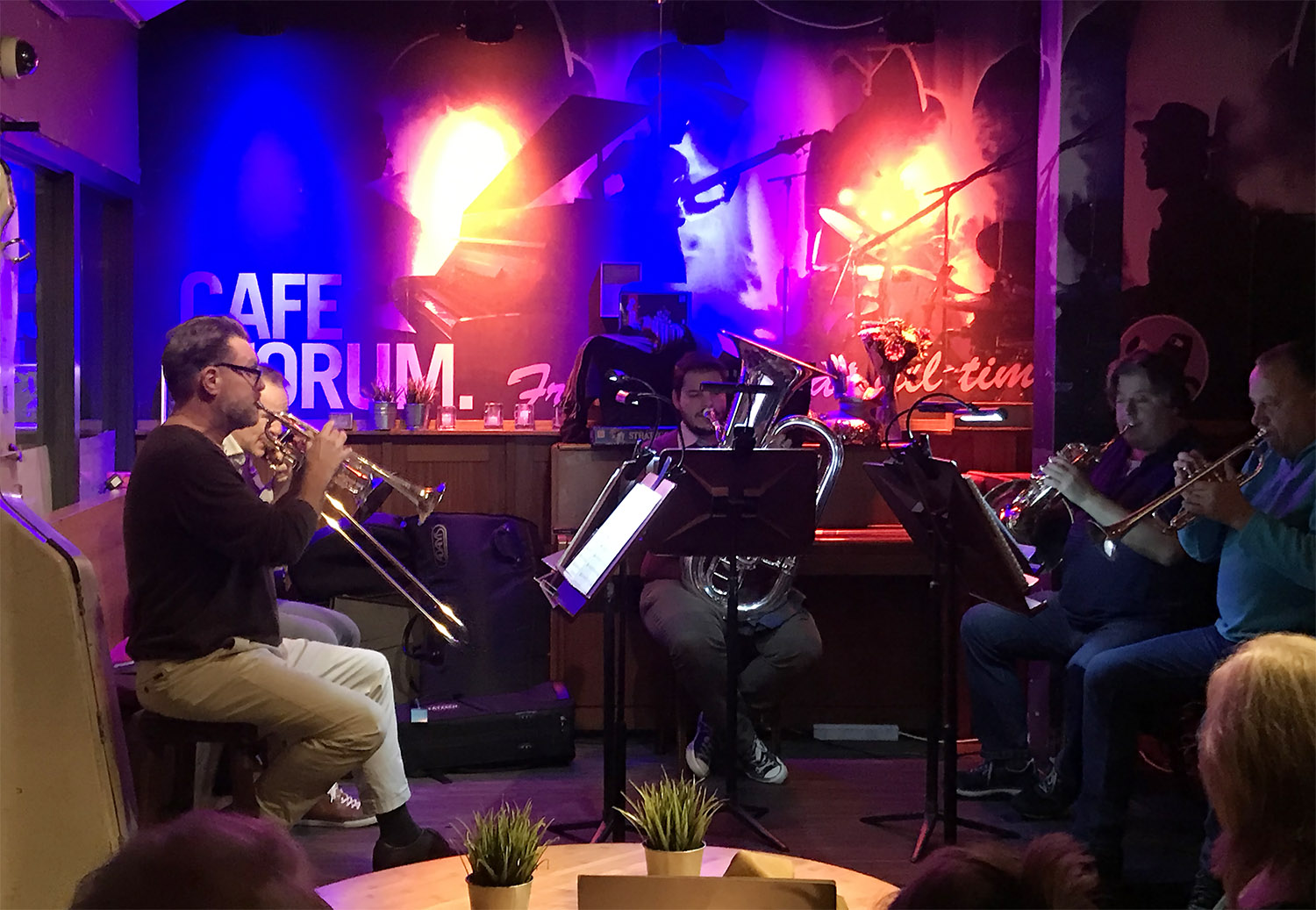
What came out of that?
A lot of insights into what it meant for the musicians to trade their familiar working environment for a totally new one. But also, that that music in its adapted form also has the power to work in this situation. This may sound vague, but we performed a version of the famous Adagietto from Mahler's Fifth Symphony, for example. That’s a soft and slow piece. Exciting if it would work. At that moment, one of the musicians stood up and said, ‘We’re going to play something now that really needs you to be quiet’. And that’s what happened. Then, there was a magical interaction between the musicians, music and pub audiences. We’ve done this four times—twice in Tribunal and twice in Forum—we’ve had conversations with the café visitors about their experiences and all of that together then provides insights.”
What were they? For example, was it a positive experience for the performing musicians?
“Their experiences were mixed. Normally, a musician studies pieces and then it’s the conductor who decides how the music will be performed. In this case, we asked the musicians to arrange or look for arrangements themselves, and then to study them themselves. So, they had all of the responsibility. A number of them liked doing it, but others found playing in such a café very difficult. They’re used to a situation where the audience is quiet, you can hear the other musicians well, and where you know that the audience is coming for the music. Why is this interesting? If the orchestra wants to innovate, the role of the musicians will have to change as well. This is already happening in many ways; musicians are more visible than in the past. The anonymous musicians in their black suits on stage are stepping forward more during the concerts, after the concerts, as well as online in the form of commentaries. This is in line with that.”
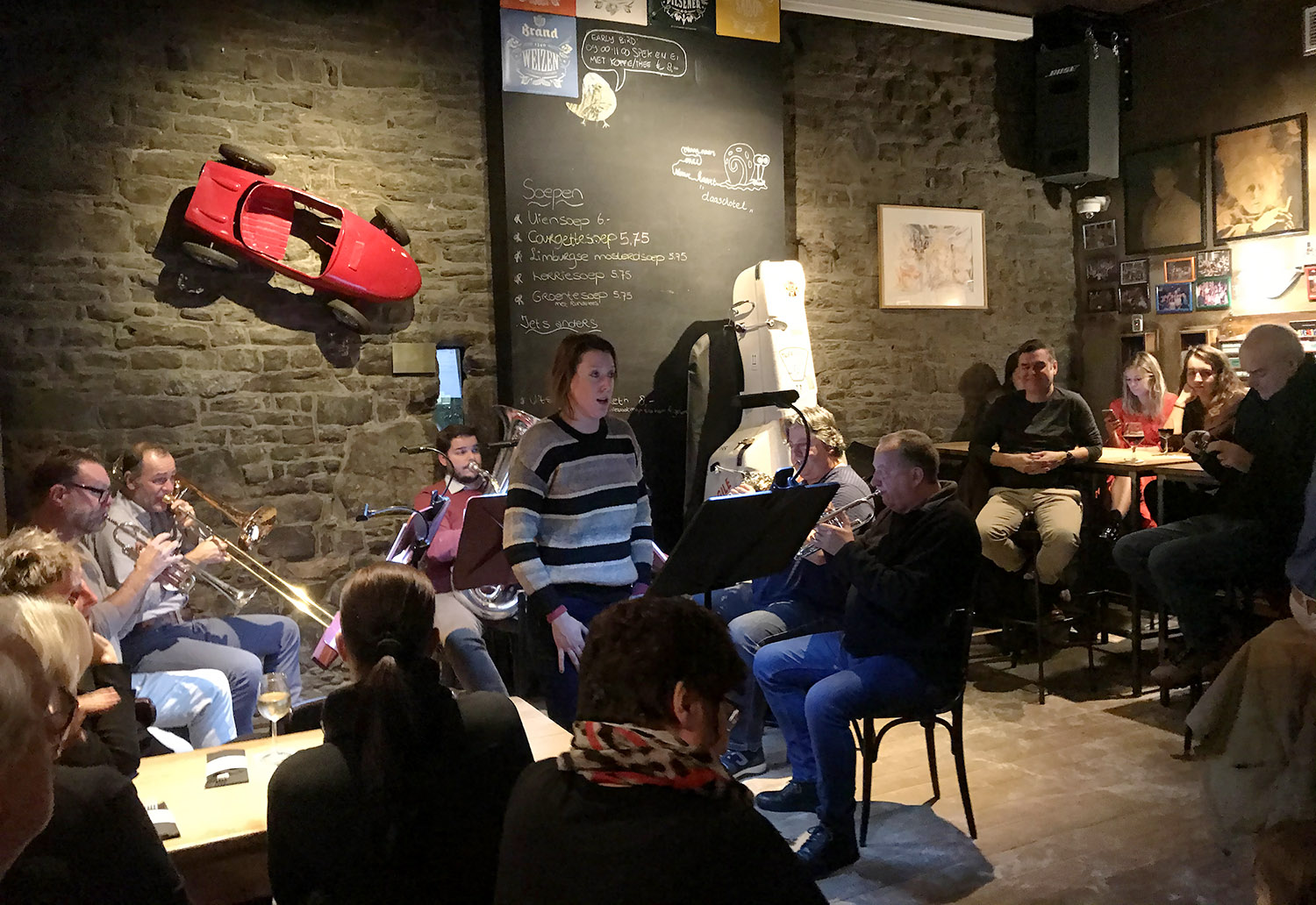
And what was the reaction of the café audience?
“There, too, you saw a mixed picture. At café Forum, a group of people were sitting at a round table and meeting right in front of the stage, so we asked them to move over a little. When the concert started they initially stayed seated, but at some point they left anyway. In that sense, it really is a kind of intrusion on what pub visitors are doing and what we saw is that some of them just keep on doing what they were doing. But there was also an ad hoc audience. People grabbed a chair and sat around the musicians and there were children who thought it was exciting.”
What are you doing with these observations?
“In this case, we were particularly interested in how it impacts the musicians and especially their contact with the audience. Here, they really had to capture the attention of the audience. How do they do that and how do they experience it? In addition, organising this type of experiment is a great way to talk with musicians and reflect on their profession. They notice what new things they have to learn and what they might have to unlearn. Those musicians on stage, the concert, there’s a whole business around them that operates according to all kinds of ingrained rituals, routines and patterns. You have to know what those habits are if you want to innovate. An orchestra is a kind of supertanker that only sails in the direction that was set in the 19th century. For a large portion of the audience that’s fine, and for others it’s not working anymore. For us, it was a way of looking at what we all have to change if we want to renew that practice.”
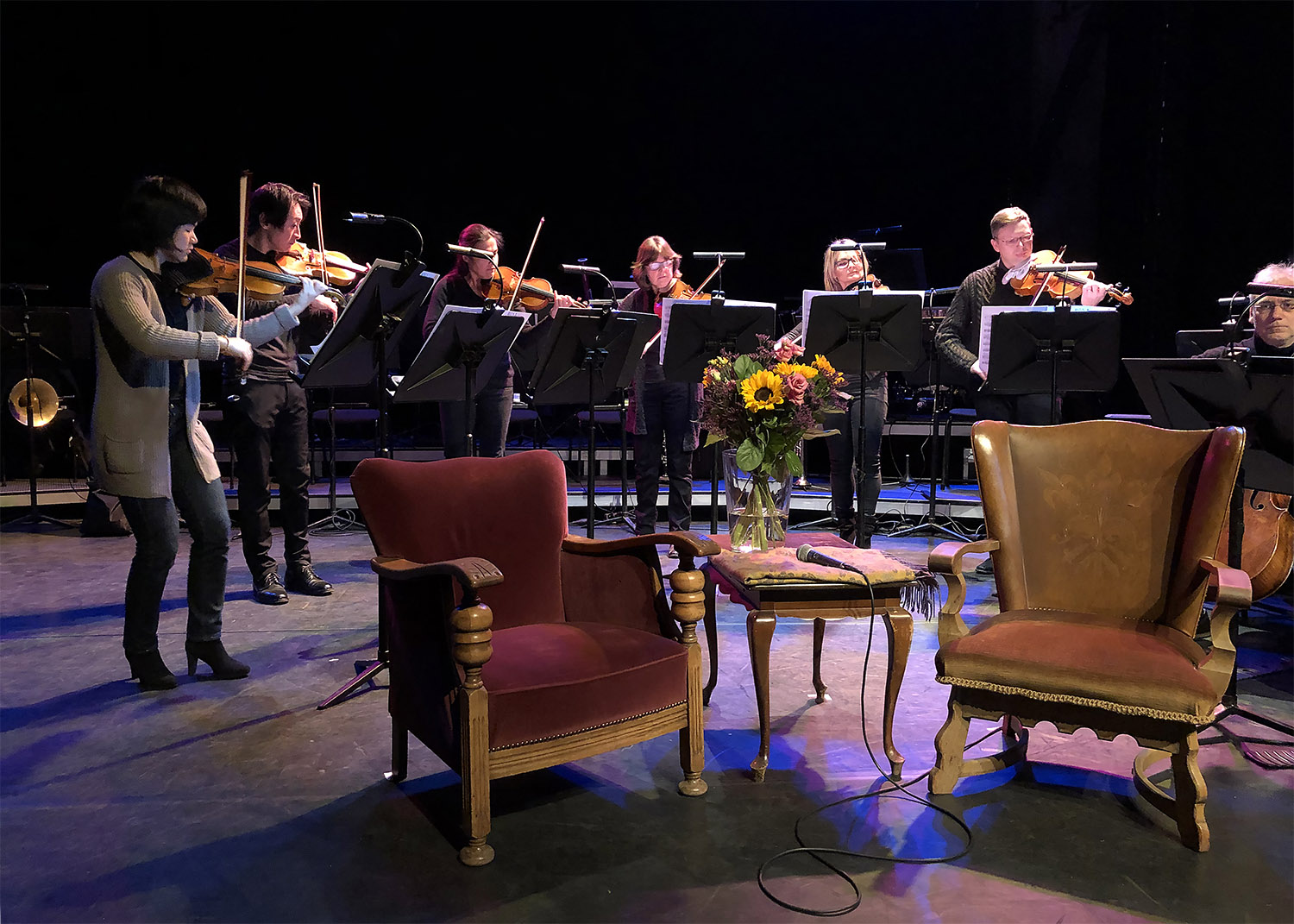
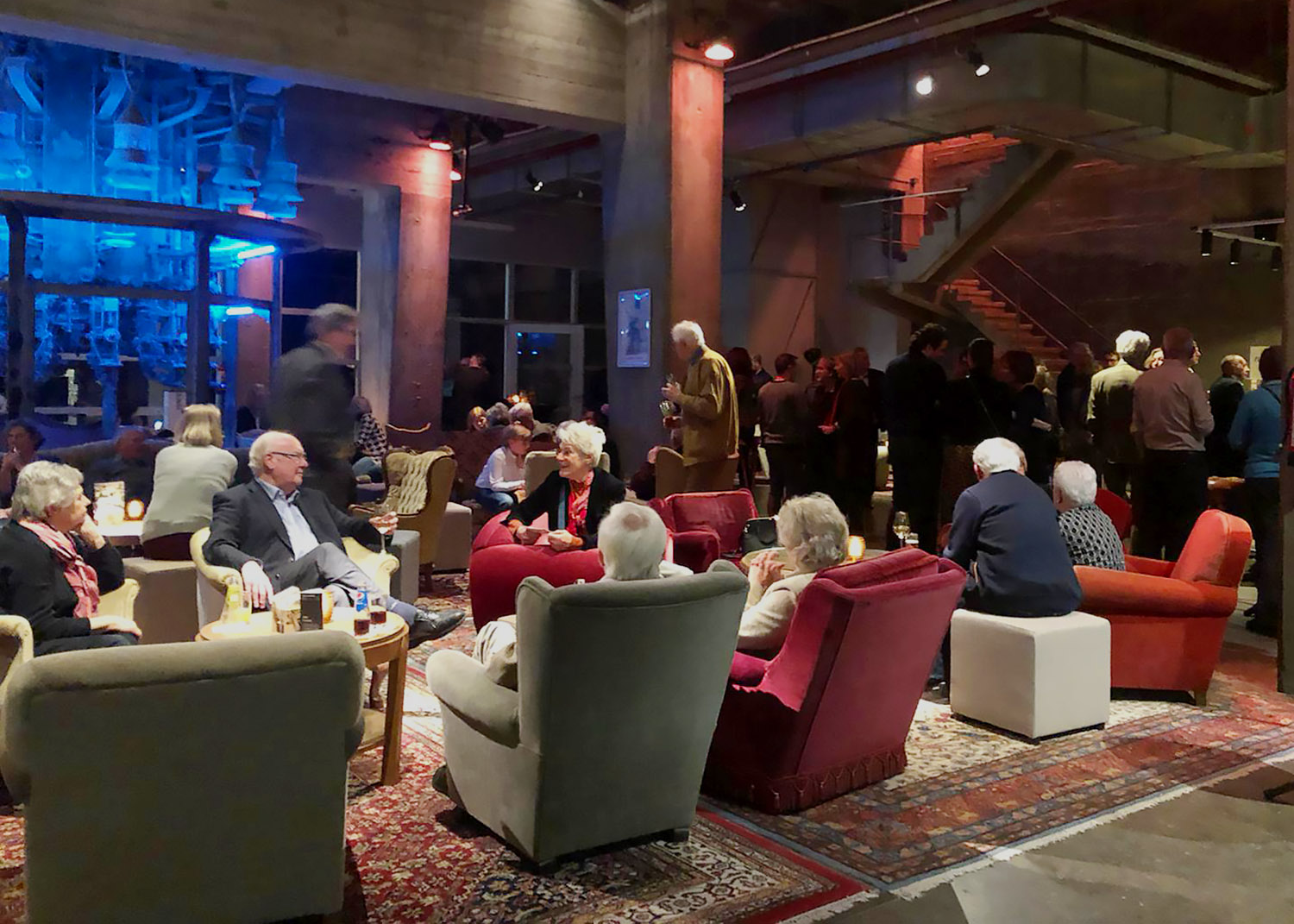
So, the first experiment was more about what the musician has to have in-house to bring about a change. What was the second experiment about?
“We asked ourselves how we could give the audience some artistic responsibility in the organisation of the concert. We contacted the Friends of the orchestra, people who donate and feel involved with the orchestra. We asked them, ‘Think about what classical music means to you in your life. What are the moments when that music plays an important role? What kind of pieces are they? And can you tell a story about those moments and pieces?’ On the basis of those stories, we put together an evening concert for and with the Friends of the Orchestra in AINSI, Maastricht. There were places for 150 people and they were quickly filled. During the concert a number of Friends told their story between the pieces and one of the musicians was the moderator—who did that very well. Someone said that he always listened to one of Bach's Brandenburg concertos before he had to chair an important meeting or give a presentation to a full house. After such a story, you listen to the performance of this piece in a different way, was what people said when it was over. The audience listened in a very attentive way and the musicians noticed that. Their playing had a very special kind of concentration. It made it clear to us that involving the audience in the programming offered new qualities to the performance.”
So, the second experiment showed that the public does have an influence on the quality of the performance. And the third experiment?
“The third experiment had as its perspective: ‘What happens when you, as an orchestra, as musicians, seek contact with an audience that normally doesn’t come to a concert hall?’. Here, we were inspired by the project Universiteit met de Buurt [University with the Neighbourhood] of colleague Klasien Horstman (FHML/CAPRHI). In this project, in the Malberg district in Northwest Maastricht, the university and the residents try to learn together about health, well-being and resilience. For example, the residents organise a philosophical café. Our plan was to talk to a number of orchestral musicians and residents about what issues they’re dealing with there and to see how these musicians could use their skills to address them. You can compare it with the Middle Ages. In those days, you had the troubadours going around and playing and singing the stories about the people they were playing for. It’s a variation on the second experiment—bringing stories to life musically, but now with an audience that normally doesn’t come to the concert hall. One of the ideas was to give a number of house concerts, organised by the residents themselves. And then corona came along and it had to be scrapped all of a sudden because this experiment was based on personal contact and experiencing things together in the same small spaces.”
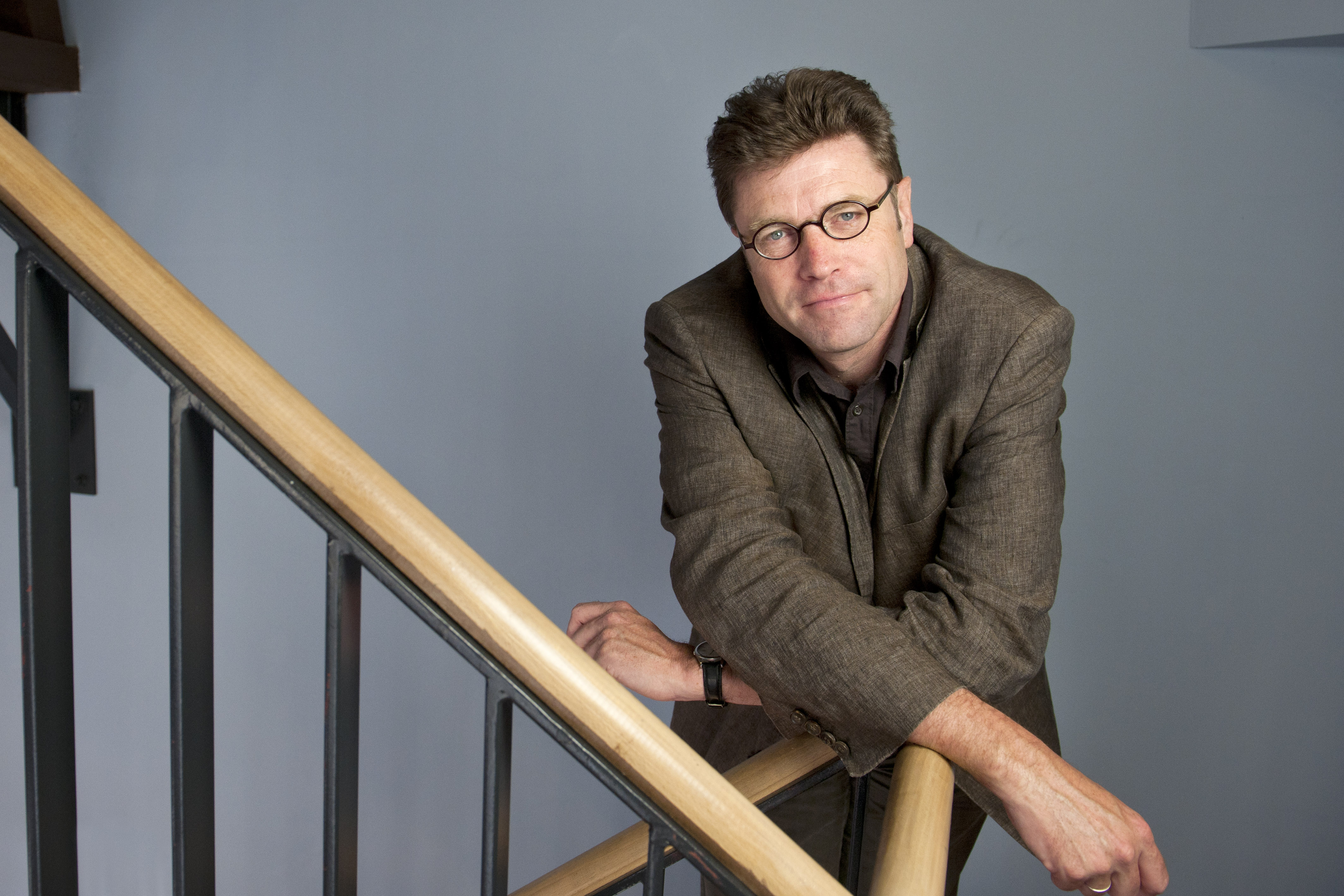
Because of the corona crisis, you replaced the ‘neighbourhood experiment’ with an online experiment. Why?
“Yes, when this happened, we were suddenly all behind our screens communicating via Zoom. We asked the five musicians of the neighbourhood project, ‘As musicians, can you make contact with a new audience online? We’re still in the middle of this project. They’ve started making individual videos. For example, a violinist made a series of short videos under the title ‘missing my audience’. One time she plays for a series of drawings on the wall behind her, another time her audience consists of a stack of toilet paper rolls with a smiley face and a face mask, a third time she plays outside in front of a meadow with cows. That was the first phase: ‘What does it mean to me as an individual musician when I create something online?’
Then, they arranged a piece by Shostakovich with one another. That arrangement is necessary because it’s a haphazard combination of musicians: two percussionists, two violinists and a horn player. That’s not a standard ensemble, so they arranged their music themselves. Then, they recorded their parts individually and one of them combined them into a single video which turned out very nice. We set up a website that functioned as a kind of workshop/studio for the musicians. At the moment, the musicians are working on a video in which the narrative element again plays a role. They chose a number of songs by Schubert that are about emotions: desire, fear, loneliness, pleasure and joy. These songs are now being arranged by and for that ensemble and they will link their own corona stories to them. We will put this online in an interactive format. We also want to give the audience an active role in this by inviting them to share their own corona stories based on the videos.”
Of course, this is very different from really getting involved in the neighbourhood and working in a very focused way with a certain group of people in a clear situation.
“Right. We see that problem with all of these online initiatives by orchestras and musicians: 'Who are you doing it for? Who listens online? How do they listen? Why do they listen?’ This year's Mahler Festival in the Concertgebouw in Amsterdam was cancelled. They then created an online festival. They streamed previously recorded videos of all the Mahler symphonies that you could follow live. What struck me was that via Facebook and YouTube about a thousand people watched the concerts at the same time; a half-empty hall in the Concertgebouw. The real Mahler Festival was sold out long in advance with passe-partouts that went for almost 1,600 euros each. This shows that it’s difficult to match the live experience.
We discover that online performances, especially of symphony orchestras, don’t work as well as live concerts. Especially in the beginning, there was a boom in musicians who played music on their own from their living room and put it online. For example, there is the now famous video by the Rotterdam Philharmonic Orchestra that performed an excerpt from Beethoven's Ninth Symphony. I found that very moving. It was exactly the right moment because it made it so very clear how devastating the corona crisis is for orchestras in particular. Musicians have to sit next to each other to be able to make music as one organism, but it works better if they do it in front of the audience sitting in the hall. The effect that we had seen in the second experiment—sharing the music with each other in one room—is missing with an online performance.”
And the fourth experiment?
“Here, we want to bring together the two cultures of amateur and professional musicians. An open-air concert was planned on 4 July with the South Netherlands Philharmonic and the Harmonie St. Petrus & Paulus from Wolder in the amphitheatre near Vroenhoven. This concert will be moved to next year.”
What do you hope to achieve with your research?
“The project was set up as a collaboration between academic research, orchestral practice and higher music education. We want to pass on what we have learned from our experiments and all the conversations we have had. We’re doing this by writing academic articles, as well as by creating exercises for others. In music practice, the etude—the practice piece—is very important. When you learn to play a musical instrument, you have to play etudes to practice your technique. We hope to make a collection of 'etudes', a kind of workbook, that orchestras and conservatoires can use if they want to innovate.
I mentioned the supertanker before, that they want to change course, but they quickly fall back on what we call the logic of the production—a concert has to be organised, it shouldn’t take too long—and that means they often fall back on routines. This applies to the musicians, but also to the whole apparatus around them. If you really want to innovate, it takes time and money and you have to dare to take risks.”
Annelotte Huiskes (text), MCICM (photography)